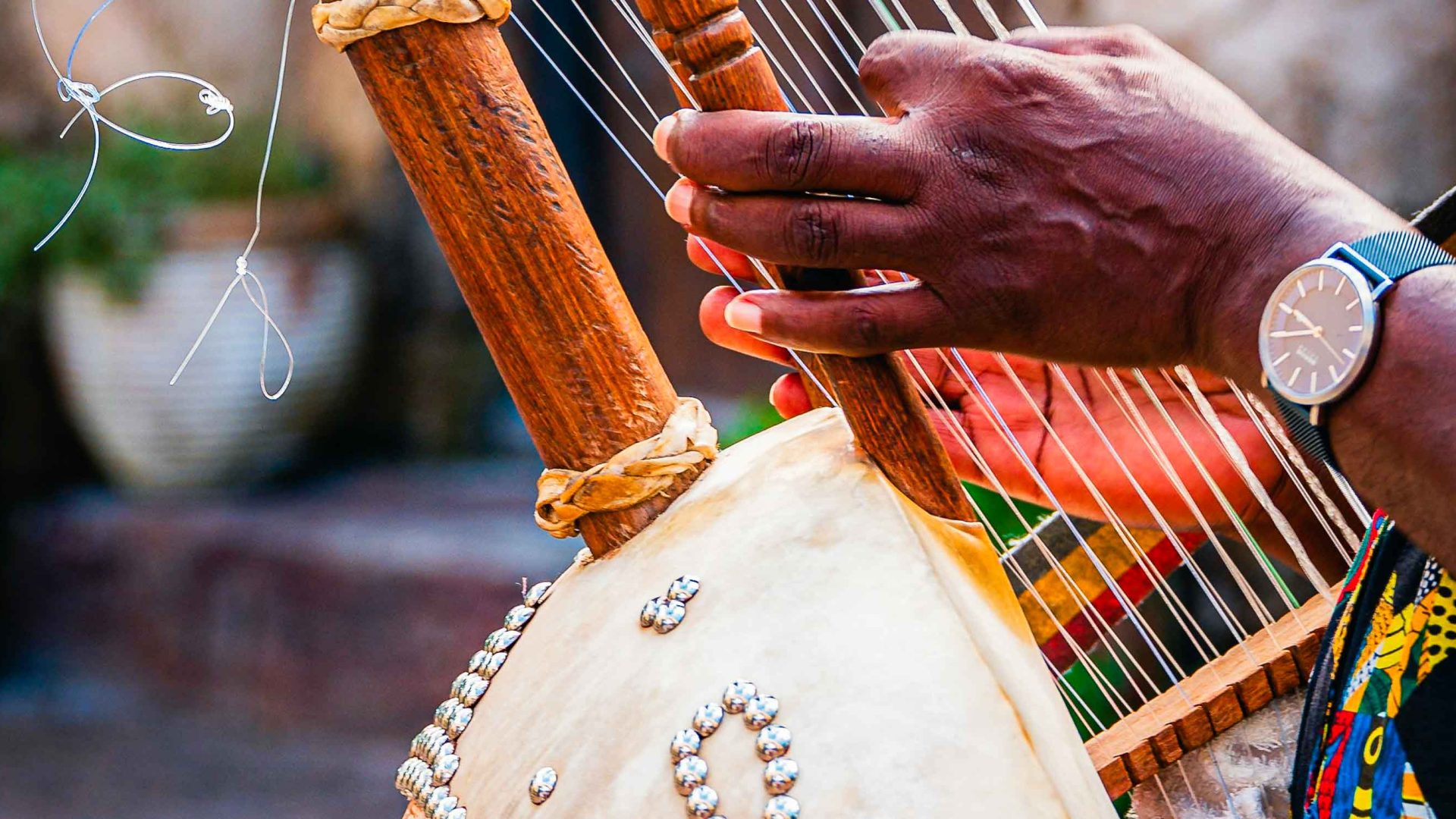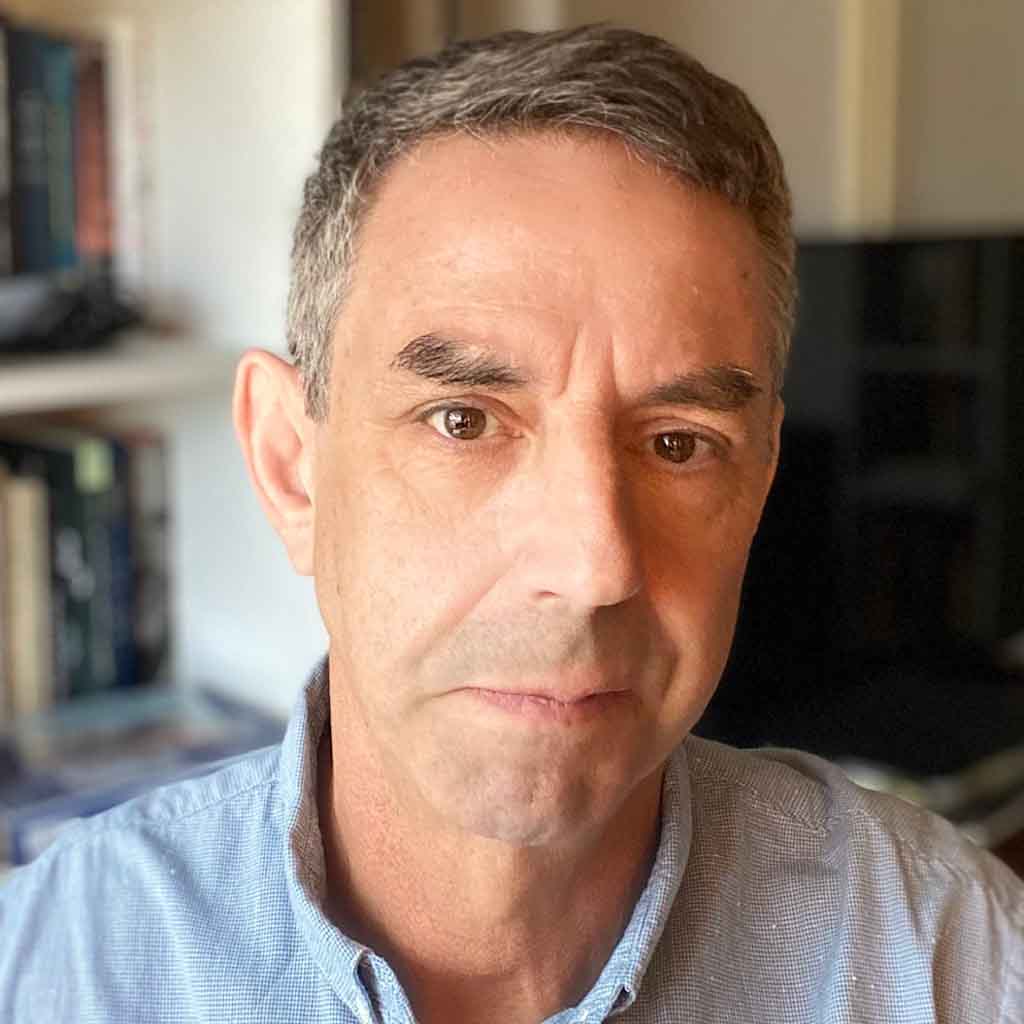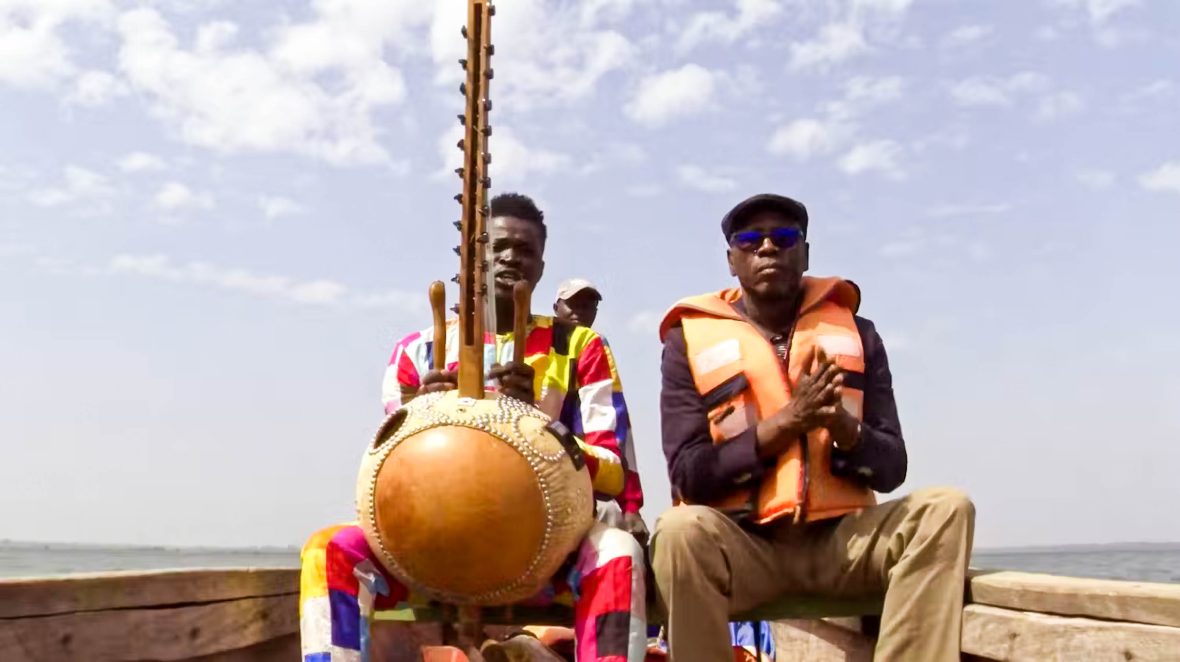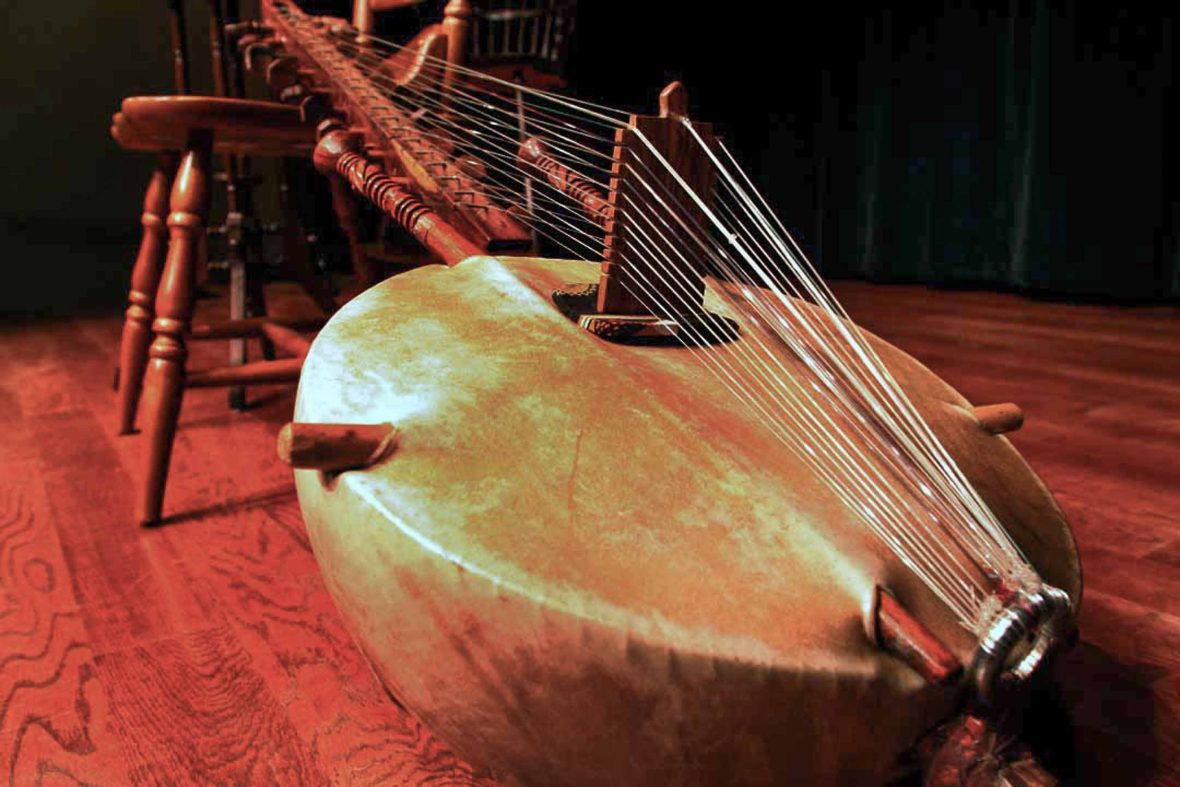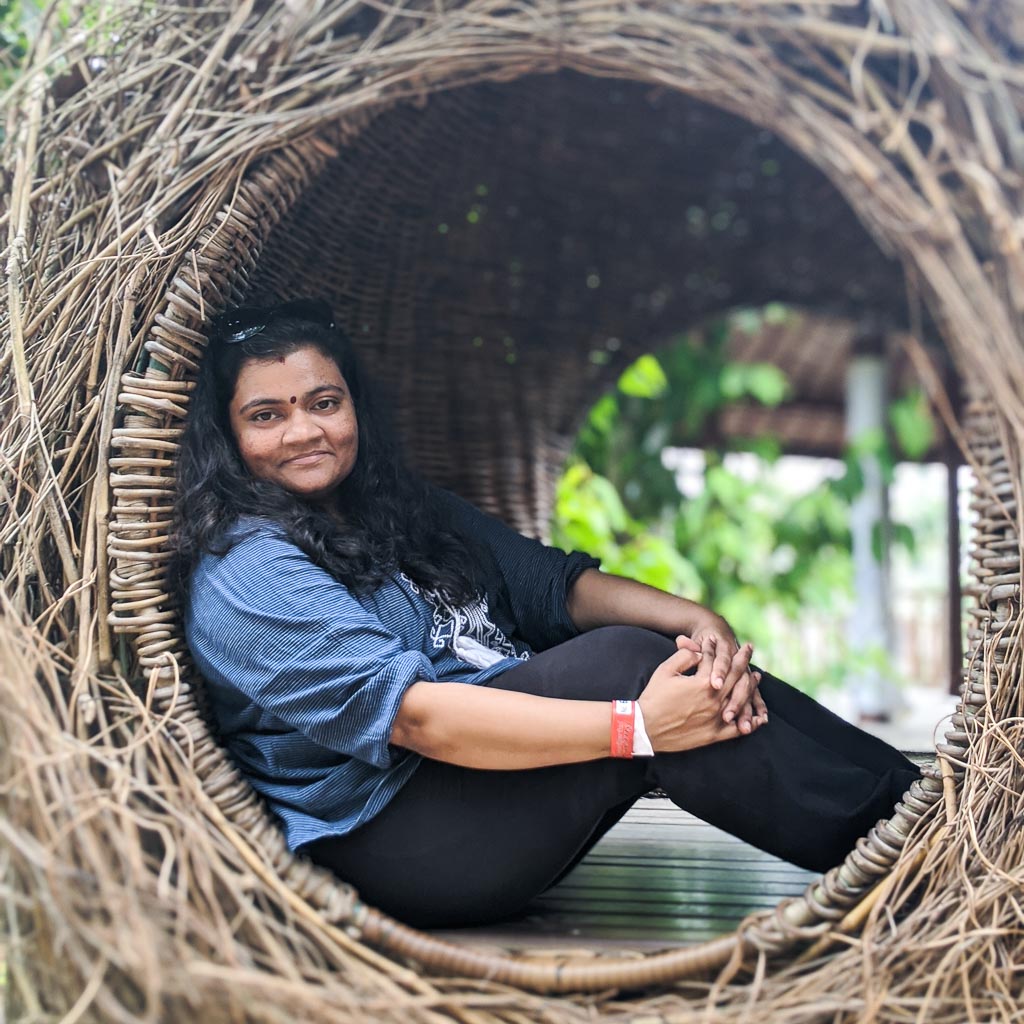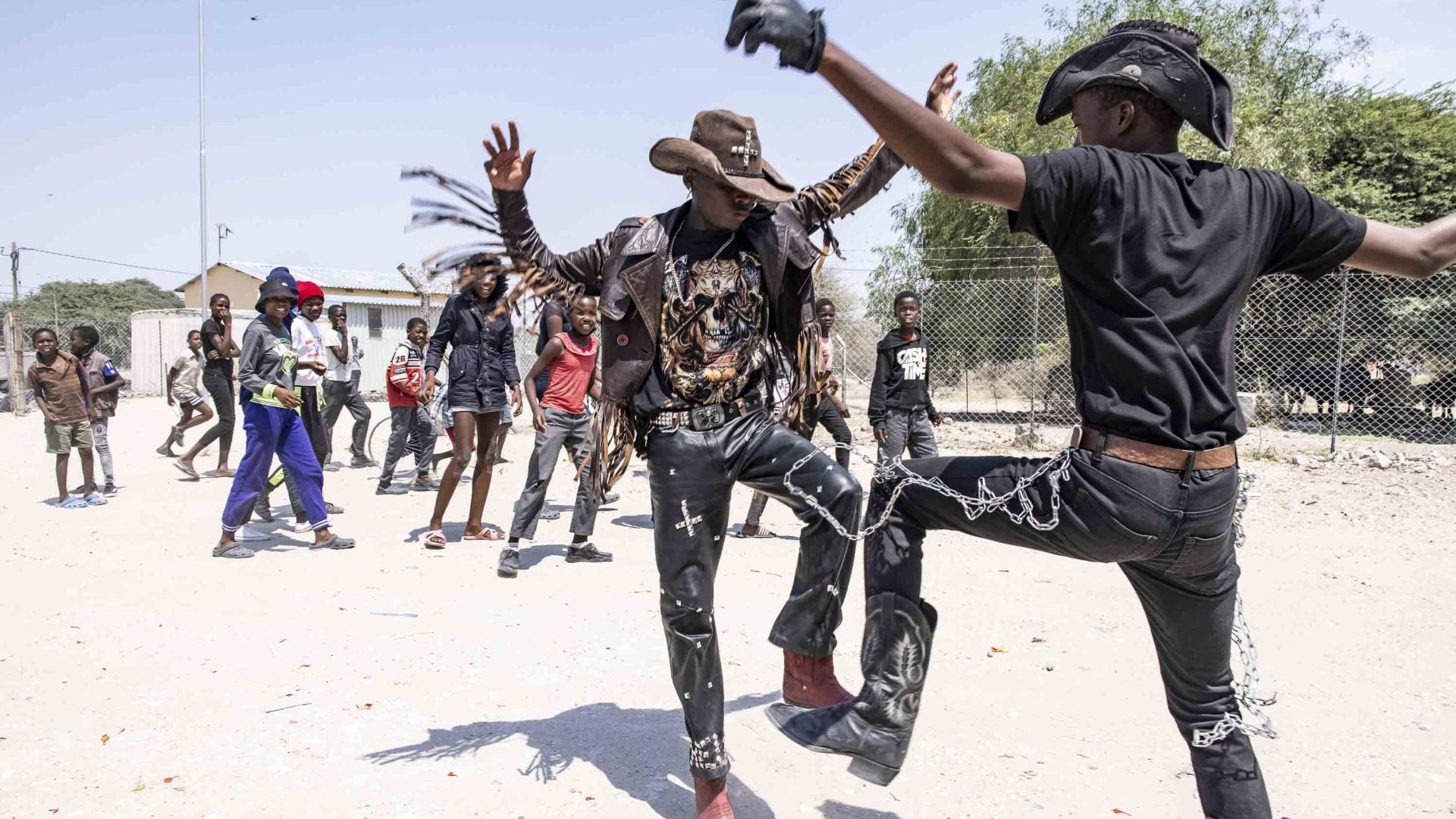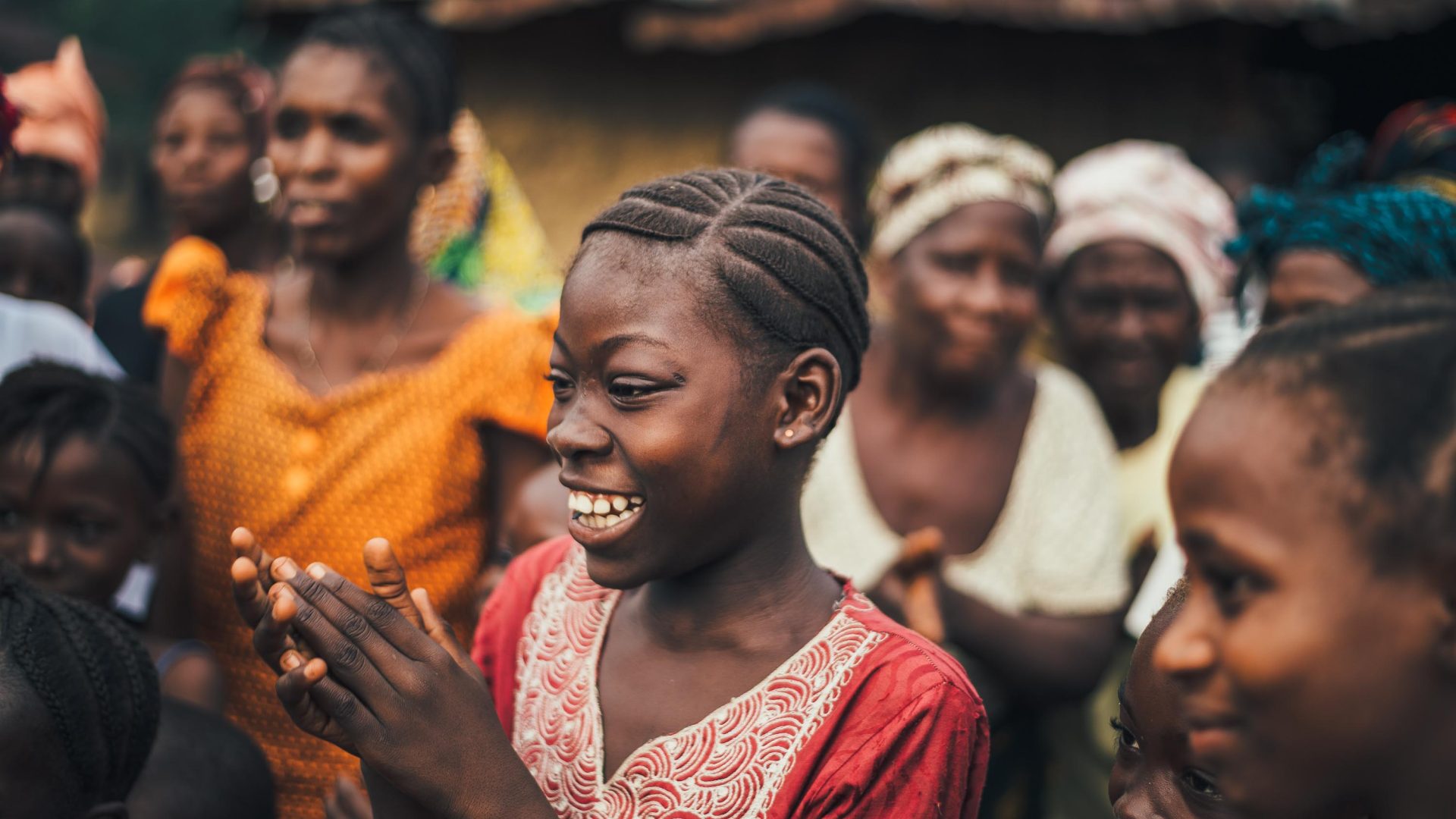Ethnomusicologist Eric Parry explores the history and influence of the kora, an ancient instrument that’s a UNESCO site of intangible cultural heritage, as a new documentary follows award-winning musician Ballaké Sissoko tracing the origins of the instrument that would become his destiny.
The cinematography of the countryside, much of it from aerial drones, is magnificent. Passing through southern Senegal, they cross the Casamance River by boat for a visit with kora master Malan Diébaté. This is kora country and a half dozen kora players appear, singing the praises of Sissoko and his lineage.
They are accompanied by the women in their extended family tapping out a diasporic source of the signature Cuban clave pattern.
Diébaté recounts the supernatural origins of the kora, and Sissoko takes off for that very spot, Sanementereng in The Gambia. In one sense, all musical instruments are magical, given the impact they may have on our lives. Widespread oral traditions attribute the origins of the kora to this specific place on the Gambian coast. When Sissoko arrives here towards the end of the documentary, at a sacred well and a baobab tree that marks the spot, it is a moving experience.
The writers and directors of the film, Lucy Durán and Laurent Benhamou, have done inspiring work in conveying the beauty of the landscape, the depth and humanity of the tradition, and the artistic persona of Sissoko.
Professor of music and former radio presenter Durán has an awesome track record in this part of the world over many decades, from producing early albums by Toumani Diabaté and other Malian artists to Growing Into Music, a pioneering documentary film series laying bare the process of children learning the musical arts of jelis in Mali and Guinea.
Narrated by French-Malian rap star Oxmo Puccino, the documentary takes you deep into one of Africa’s great classical traditions through the eyes of one of its great artists. For the eyes, ears and collective cultural memory, this film is a treasure.
**
This article is republished from The Conversation under a Creative Commons license. Read the original article.
